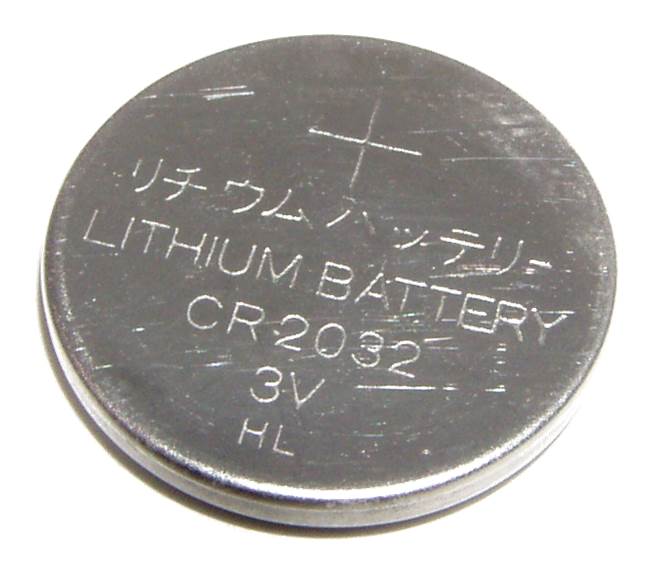Does FedEx require a Shipper of hazardous materials (HazMat) or dangerous goods who uses their services to attend FedEx Training?
Answer: No
From the FedEx website:
The federal government requires every dangerous goods shipper to have job-specific dangerous goods training before tendering a dangerous goods shipment to FedEx or any air carrier. Shippers are directly responsible for the correct transport of dangerous goods by air.
Also from the FedEx website…
The government regulations state:
- Each person involved in the shipping and/or handling of dangerous goods must be trained.
- Recurrent training must occur every two years. Exception: In the U.S., the Department of Transportation (DOT), as competent authority, allows training for shippers every three years.
- An enforcement agency may review your training records at any time.
Note that while FedEx references the Federal training requirement of the USDOT – more specifically, it is the Pipeline & Hazardous Materials Safety Administration (PHMSA) that requires the training – they do not state that the training must be provided or authorized by FedEx. As long as the HazMat Employee training meets the requirements of the PHMSA, you will be good-to-go to ship your HazMat or dangerous goods with FedEx.
The same is true of the Dangerous Goods Regulations of IATA/ICAO and the IMO. In either case, FedEx may encourage you to take the training they offer or authorize, but it is not required.
The catch, however, is that FedEx, just like any other Carrier, may reject a material or article that it is offered for transportation without cause. So, if they were to require you to attend their training – which they don’t – you would have no choice but to comply or find another Carrier.
Contact me with any questions you may have about the transportation of hazardous materials by air, highway, vessel, or rail International and Domestic Daniels Training Services 815.821.1550 |
What should you do? Make sure you get the best HazMat Employee or Dangerous Goods Training available at the best price and the least inconvenience. Contact me for a free training consultation.
FedEx Dangerous Goods & HazMat Employee Training





